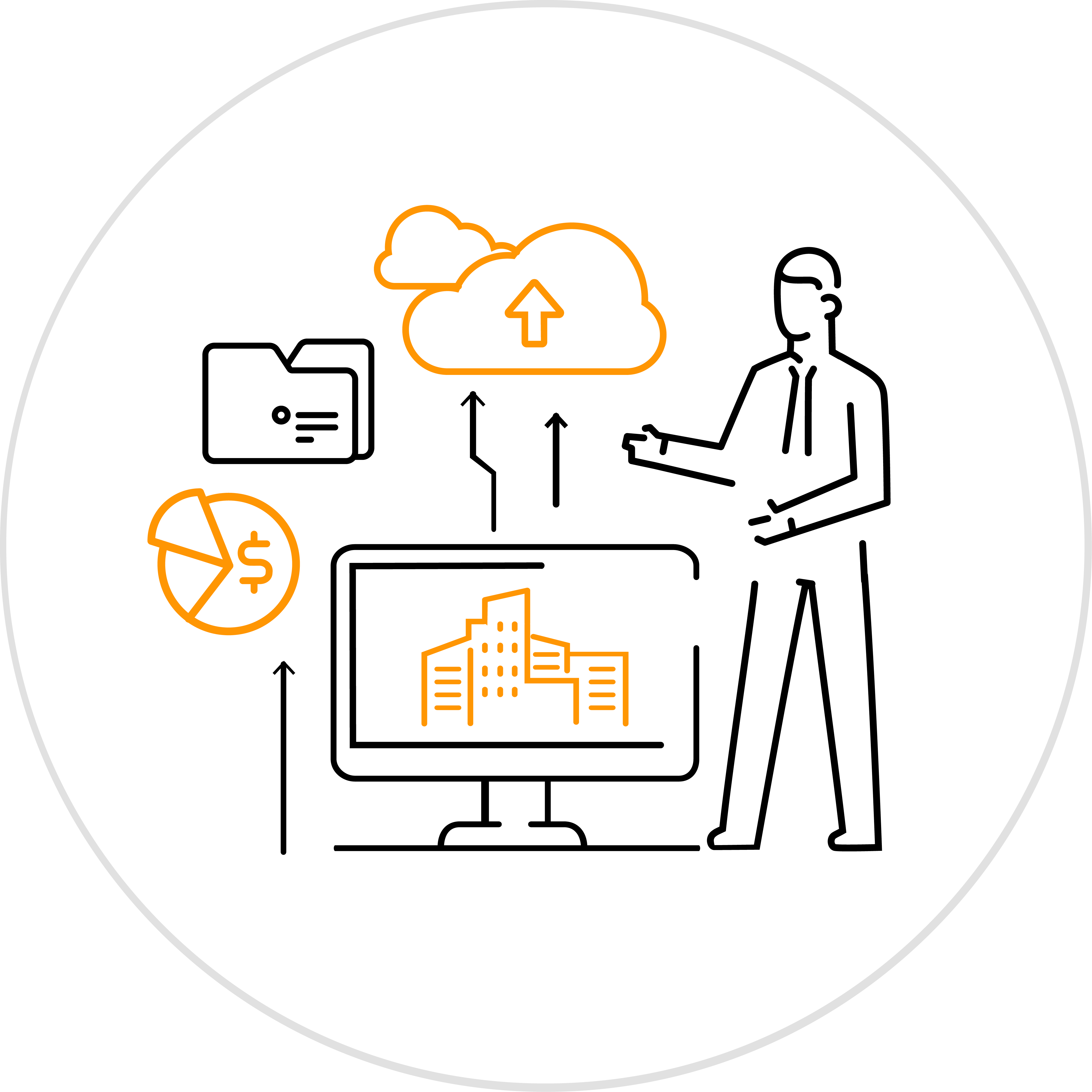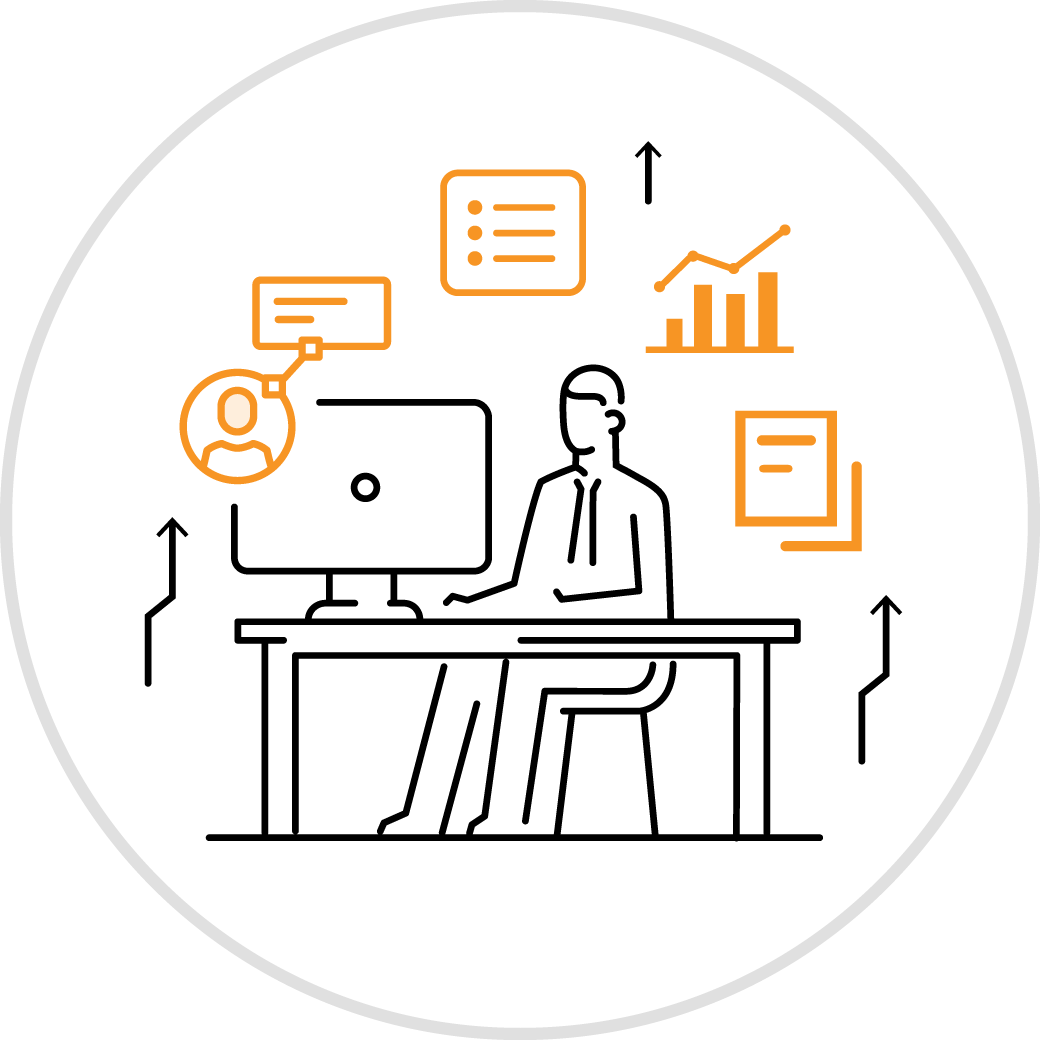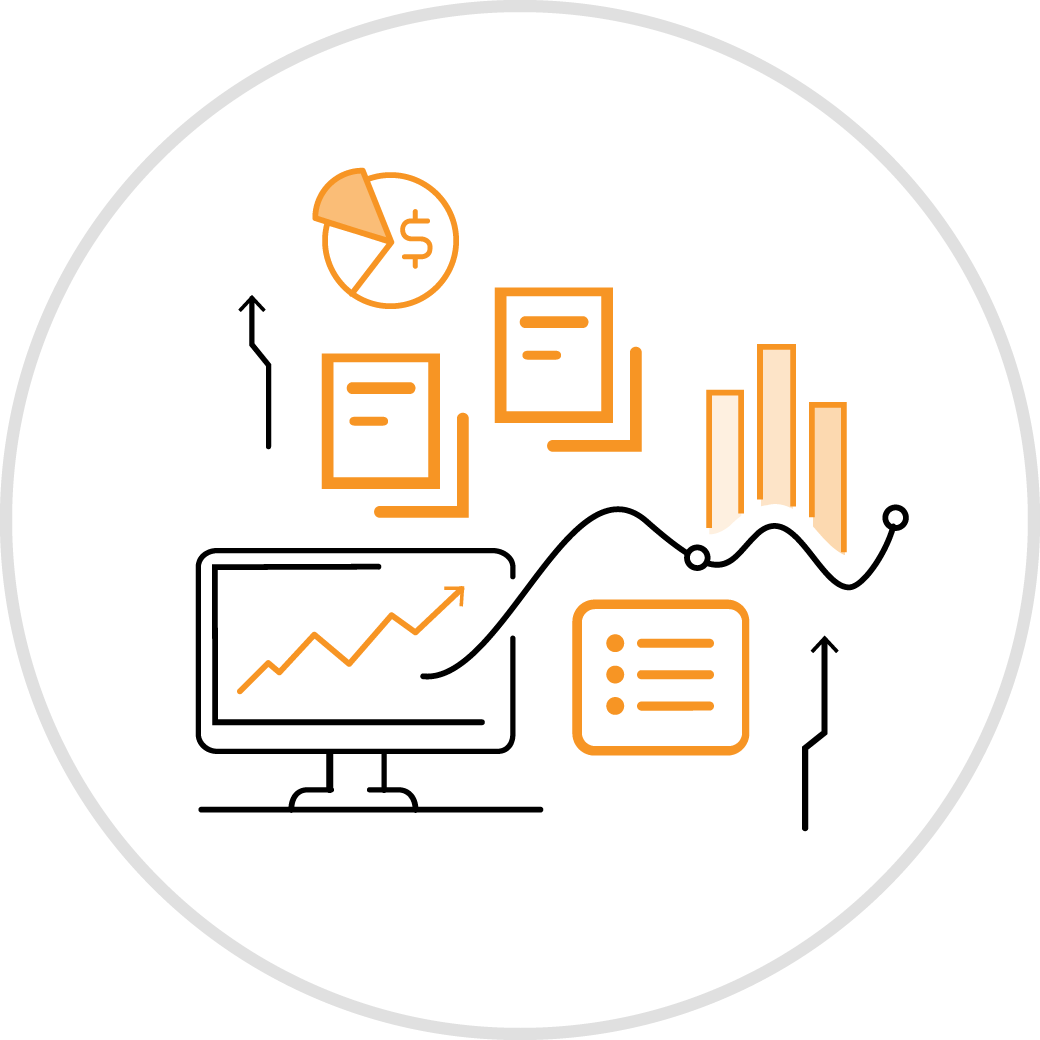-

Balance Sheet ASC 842 Lease Accounting
When the Financial Accounting Standards Board created and implemented the ASC 842 standard, it raised a number of procedural questions, and some of the biggest ones pertained to your balance sheet.
There have been a lot of questions about what needs to appear on the balance sheet, along with how that information and the numbers should be displayed.
So let's clarify as much as we can. What follows is a breakdown of what should be on your lease balance sheet, and how the shifts and changes are being driven by ASC 842.
-

The Purpose of the Changes and How It Affects the Balance Sheet
Let's start with the purpose of the ASC 842 changes. One of the basic goals was to increase the disclosures of all leasing obligations for both private companies and public organizations, the idea being to provide more visibility and transparency.
So how does that apply to the balance sheet? Well, prior to ASC 842, most leases weren't even included on a balance sheet, but that's not the case any more. Under the new standard, companies now have to report right-of-use (ROU) assets and liabilities for nearly all of their leases.
This change makes it easier for those using financial statements to evaluate a company's exposure to risk in the leases they list. It also accurately reflects the true financial position of each company and organization, and it allows a more balanced comparison of different organizations.
Leaving the international standards aside for a moment, let's take a before and after example. Under the previous ASC 840 operating standard, capital leases were the only leases that had to be listed on a balance sheet, with the appropriate accounting standards applied.
Operating leases were nowhere to be found, and the only information about future obligations that had to be supplied pertained to the maturity analysis that was an element of the disclosure material in a financial statement.
Under ASC 842, however, all leases must be listed on a balance sheet, with the exception of those defined as short-term. These listings must also include the specifics of liability, along with the ROU assets.
Other information has to be included as well. Specifically, the weighted average discount rate must be present, along with the weighted average remaining on the terms of the lease, and the cash paid for all amounts, including lease liabilities.
Finally, a more thorough maturity analysis must be included with the disclosure material, and that analysis must be tied to the specific numbers on the balance sheet.
-

What About Short-Term Leases?
Since short-term leases don't have to be included, let's do a quick rundown on what they are and how they're now handled under ASC 842.
There are new basics when it comes to the definition of a short-term lease. Specifically, a short-term lease is one in which the terms are 12 months or less when the lease starts, and short-term leases also don't have a renewal option that the lessee is likely to exercise.
These leases don't need to be on the balance sheet, but the payments can be accounted for on a straight-line basis over the terms of the lease. This method is similar to the procedures that were used under ASC 840, so there are no major changes there.
-

How About Finance Leases?
The new ASC 842 balance sheet requirements do spell out major changes for finance leases, which were formerly known as capital leases. These leases were basically purchasing arrangements, and under ASC 842 they're essentially the same.
Both types of leases are capitalized on the balance sheet, and the procedures for doing this are similar. There are slight changes in the terminology, but the basic calculations are the same as well, so there's no overall impact on the numbers in the profit-and-loss (P&L) statement.
-

But What About Operating Leases?
There are changes with regard to operating leases as well, so let's start with a basic definition of what these are under ASC 842. In an operating lease, the lessee controls the use of the underlying asset without actually owning that asset.
With the old ASC 840 standard, operating leases were basically unrecorded liabilities. The only place they showed up on a balance sheet was as prepaid or deferred rent, but they now must be capitalized on a balance sheet, and this will have a considerable material impact on the numbers and the overall state of the balance sheet going forward.
As for the way operating leases are capitalized, it's identical to the way capital leases were recorded under ASC 840. That is, they're recorded on the balance sheet as a lease liability and an ROU asset.
The straight-line liability for operating leases is the same as that used for finance leases, i.e., it's accounted for on an amortized cost basis. The amortization of the ROU asset is tabulated as the difference between straight-line rent and the interest expense during the specified period.
This combination gives you a more accurate picture of the total lease expense that's on the books, and that goes on the P&L statement to provide additional transparency.
-

Solving Your Balance Sheet Issues
As you can see from the above explanations and the information we've included, there's a lot that goes into what needs to be on your balance sheet in the brave new world of ASC 842.
You doubtless have more questions about what we've outlined here, and the best way to get answers to those questions is to call us at 1-888-351-4606, and you can also go to iLeasePro.com and chat with one of our experts.
When you do you'll get the answers you need, and you'll also discover that we have the software solutions to all your ASC 842 issues. We've been helping companies solve accounting issues like this for a long time, and we're confident we can help you steer through the ASC 842 labyrinth.
Ready to Begin?
iLeasePro lease accounting software is a robust solution that makes lease management and reporting a breeze.
If you want to navigate the complexities of lease standard compliance with ease and have better data visualization, take a tour of iLeasePro to learn more.
